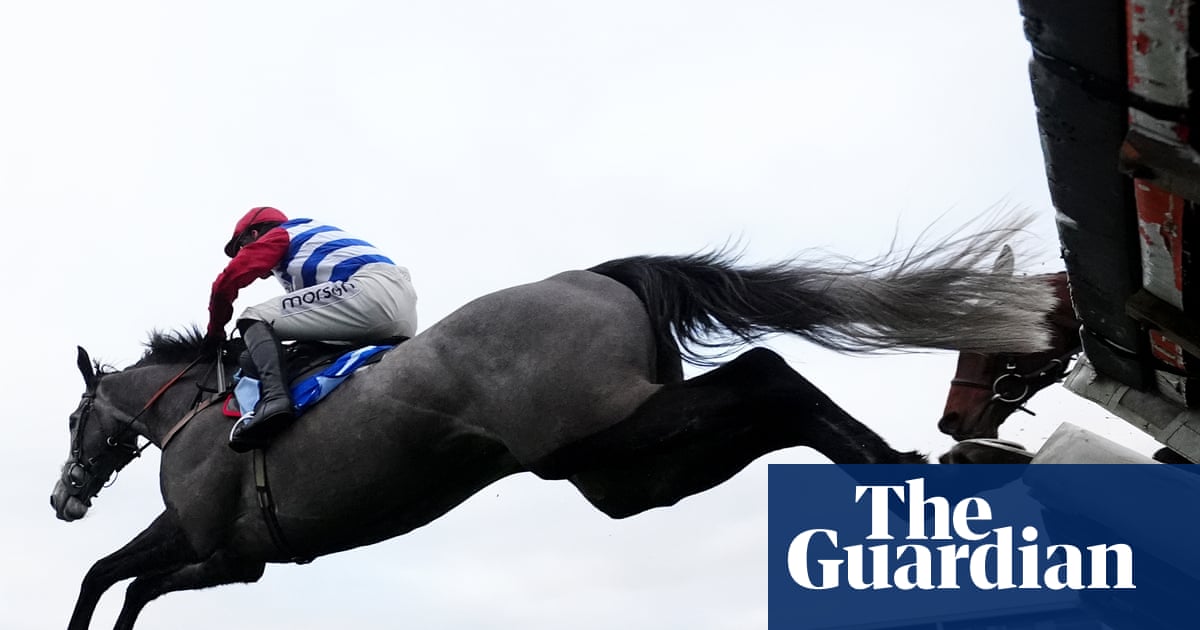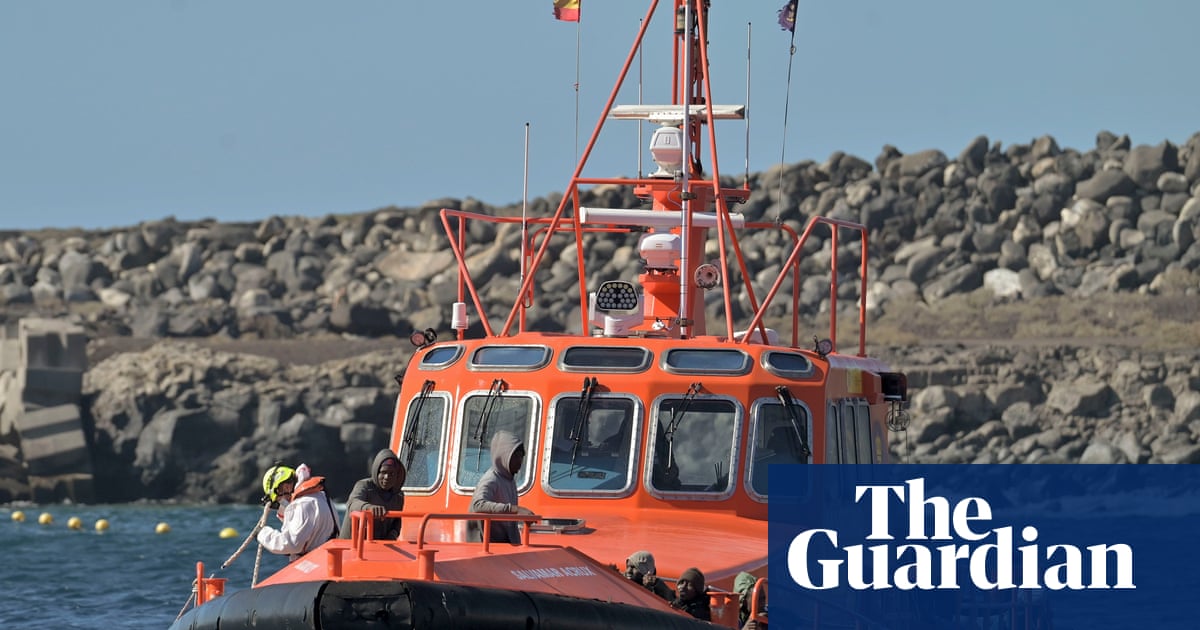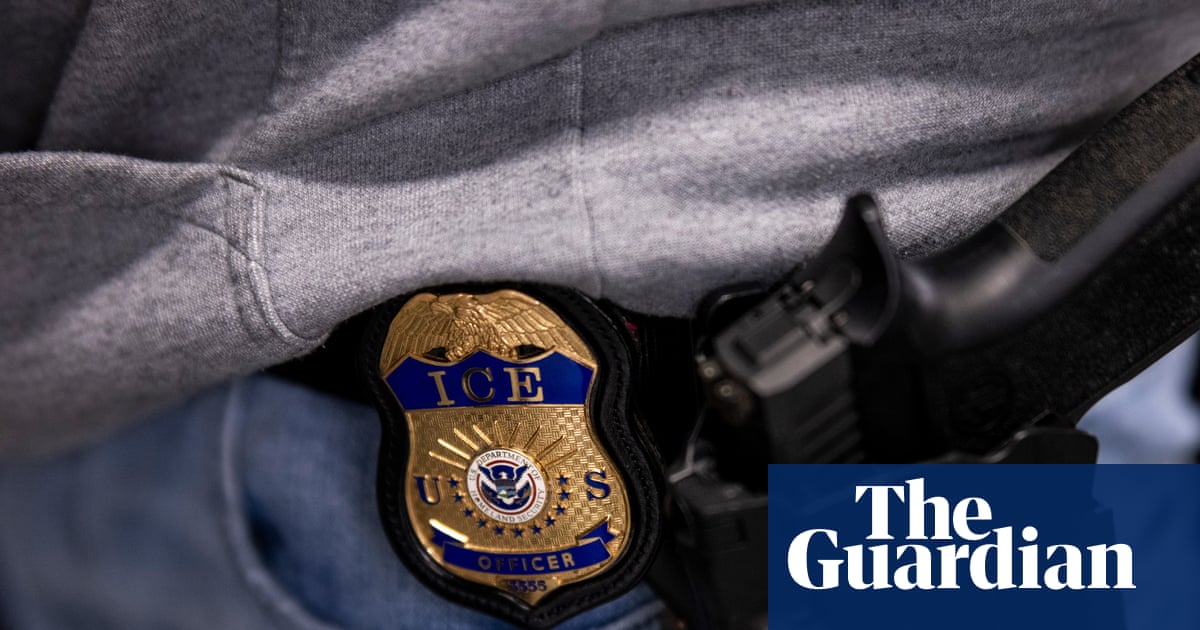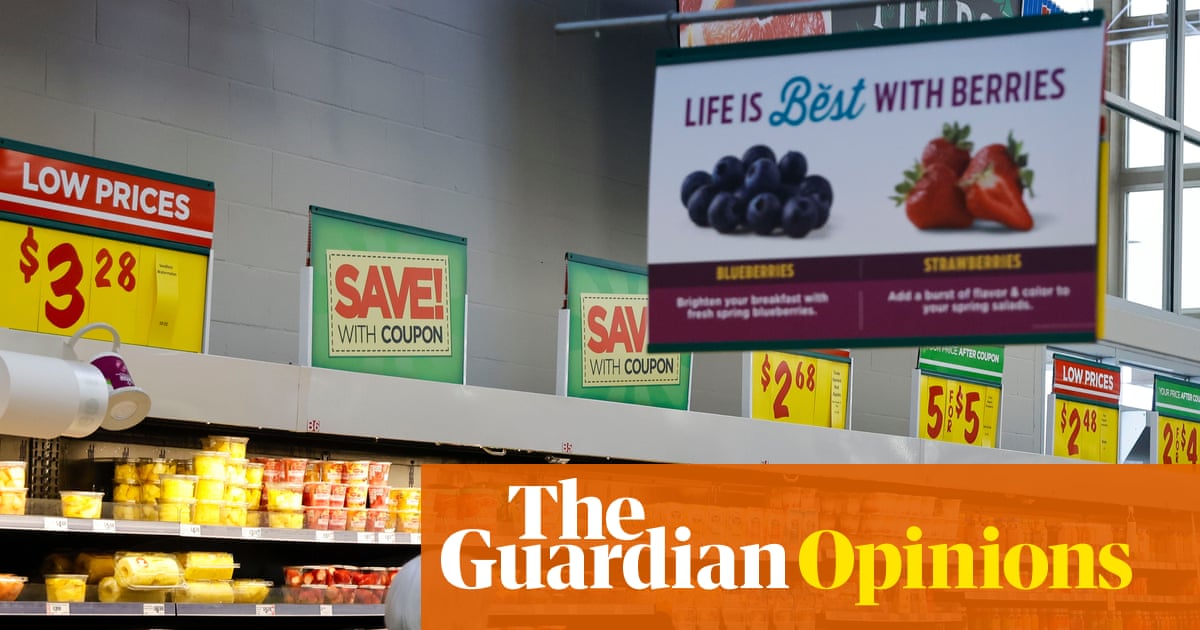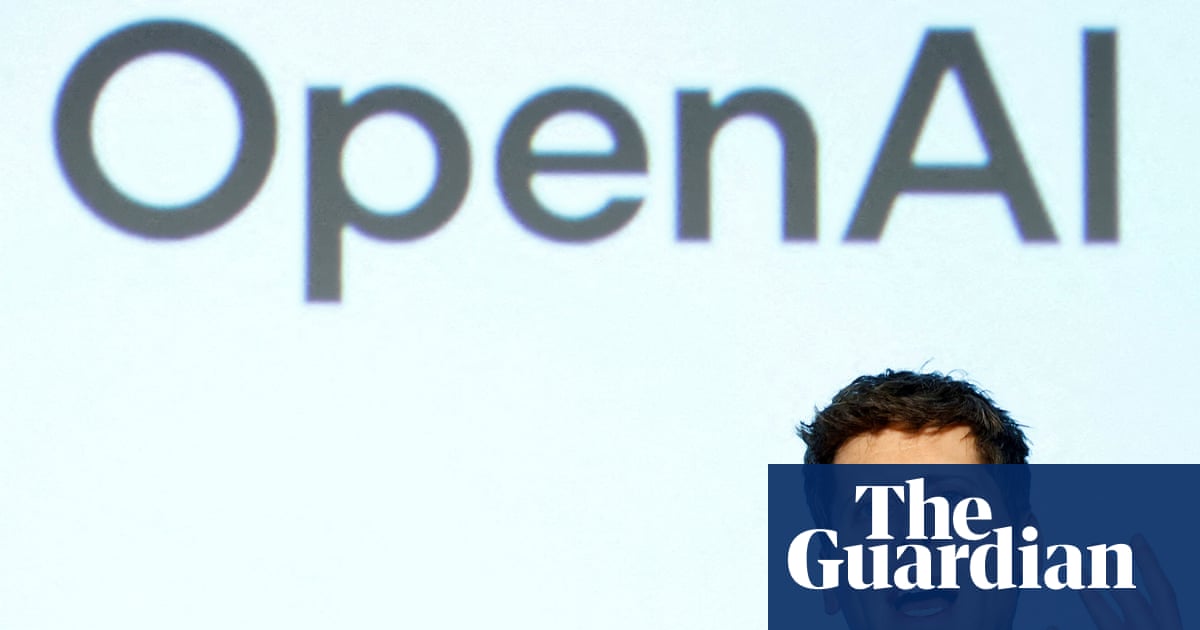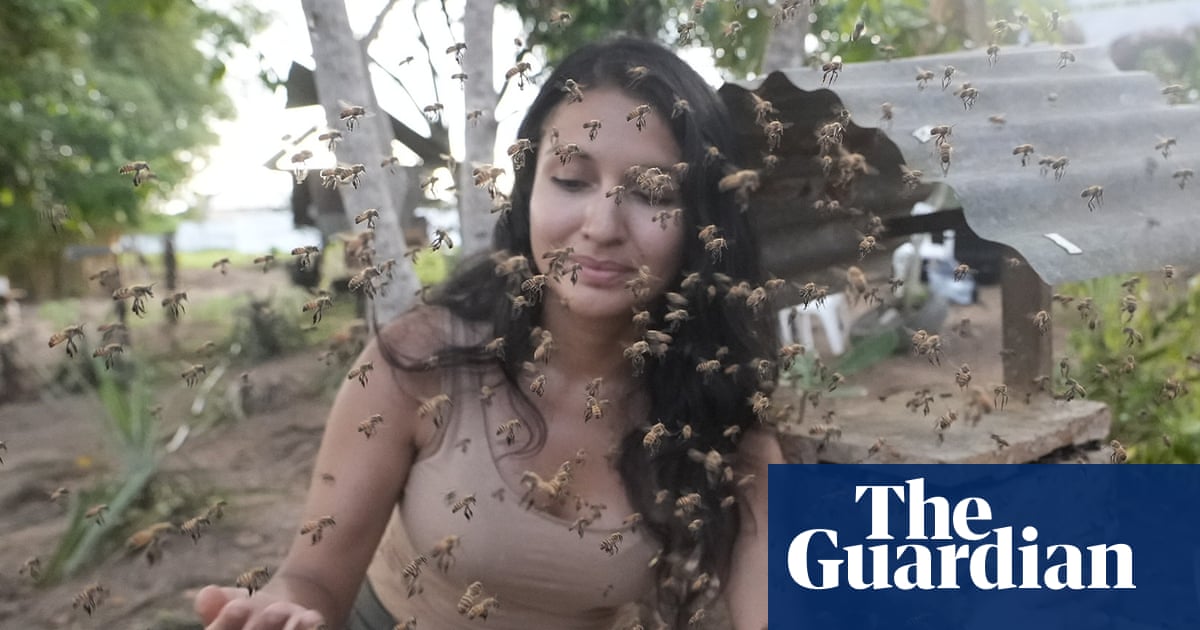In times of crisis, food is more than sustenance. It is a pillar of national stability. Finland has long understood this, not just because of policy, but because of who we are and where we live. Geography, a mild continental climate and our history have shaped a mindset where preparedness is essential. In a country with vast territory, a sparse population and long distances between communities, resilience must be built into everything we do.
This understanding is deeply rooted in our society, in individual households as much as government institutions. Today, Finland’s approach to preparedness is rightly seen as a model for Europe. But it is not a one-size-fits-all solution. What works for Finland, such as our high levels of food self-sufficiency, strong institutions and a culture of cooperation, may not work elsewhere. Still, our experience offers valuable lessons. Preparedness must be proactive, inclusive and deeply integrated into national strategy.
My job at the National Emergency Supply Agency (Nesa) means I spend much of my time thinking about what could go wrong – and more importantly, how we can make Finland ready for when it does. Whether we face a pandemic, cyber-attack or geopolitical shock, our job is to ensure the country can continue to function, feed itself and protect its people. The Covid-19 pandemic and war in Ukraine have shown how fragile global systems can be.
One of the cornerstones of our national resilience is the strategic grain reserve system. These reserves include wheat, oats, barley and rye, grains that are central to both our agriculture and our diet. Stored in secure facilities across the country, they are rotated using the Fifo (first in, first out) method to maintain quality and ensure older grains are used before newer ones. These reserves are designed to sustain the population for nine months in the event of a global supply-chain collapse or domestic production disruption. During the pandemic and the war in Ukraine, they have helped reassure the public.
Finland’s food self-sufficiency rate is around 80%. That means we produce most of the food we consume, which is a rare achievement in today’s interconnected world. This is thanks to our farmers, who operate more than 40,000 farms nationwide. In 2024, crop production was the main activity on 74% of farms, while livestock farming was practised on 20%. The average farm size is 56 hectares. Despite a short growing season and a limited variety of crops, our agricultural sector is efficient, innovative and supported by strong infrastructure. These farms are the backbone of our food system and their role in national security cannot be overstated.
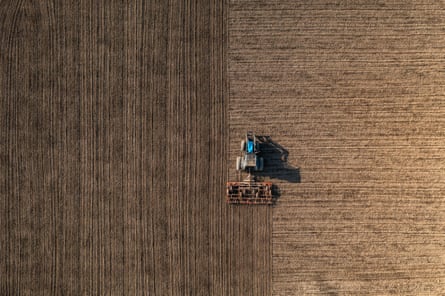
We have even developed our own rapeseed cultivar, Aurea CL, specifically suited to the Nordic climate. It helps ensure that domestically produced rapeseed oil and protein-rich feed remain available even during times of crisis. This kind of innovation reflects our long-term commitment to resilience.
But preparedness is not just about stockpiles and production. It is about systems that can adapt and continue to function under stress. Finland’s food supply chain is resilient by design. The government works closely with producers, processors, retailers and logistics companies to ensure continuity. Emergency plans are in place to reroute deliveries and prioritise essential goods. We also maintain emergency fuel reserves to keep agricultural machinery and food transport running during crises.
A key part of our strategy is public-private partnerships. At Nesa, we collaborate with companies across the food sector, from grain mills to supermarket chains. Together, we develop contingency plans, run joint exercises and share information. This cooperation is not just policy. It is the way things are done. Businesses understand their role in national preparedness and take it seriously.
Preparedness also starts at home. In Finland, household-level readiness is essential. One of our most effective tools is the 72-hour model, which encourages every household to be self-sufficient: to have enough food and bottled water (five litres per person) for three days. We advise having a stock of dry foods that keep well, such as nuts or dried fruit. Our home emergency supply kit checklist includes such items as a first aid kit, iodine tablets, a battery-powered radio, torch, power bank, portable stove, toilet paper and duct tape.
after newsletter promotion
Promoted through public information campaigns, the model has proven its value during pandemics, winter storms and cyber incidents.
Europe’s food system is highly interconnected and vulnerable to external shocks. Aside from the pandemic and the war in Ukraine, drought in southern Europe and global shipping disruptions have shown how quickly things can unravel. The climate crisis adds another layer of risk. Finland’s approach offers a roadmap. Strategic reserves, high domestic production, public-private cooperation and household-level preparedness are all essential components of a robust food system.
-
Miika Ilomäki is chief preparedness specialist for Finland’s National Emergency Supply Agency

 3 months ago
60
3 months ago
60


